Ajancingenia
Name Origin
Named after "Azhang," the Mongolian word for "traveler" or "wanderer"
Family
Oviraptoridae
Classification
Diapsida, Saurischia, Theropoda
Habitat (Discovery Location)
Mongolia
Period
Approximately 70 million years ago (Late Cretaceous)
Length
Approximately 1.8 meters
Weight
Approximately 20 kilograms
Diet
Omnivore (e.g., shells, nuts, eggs)
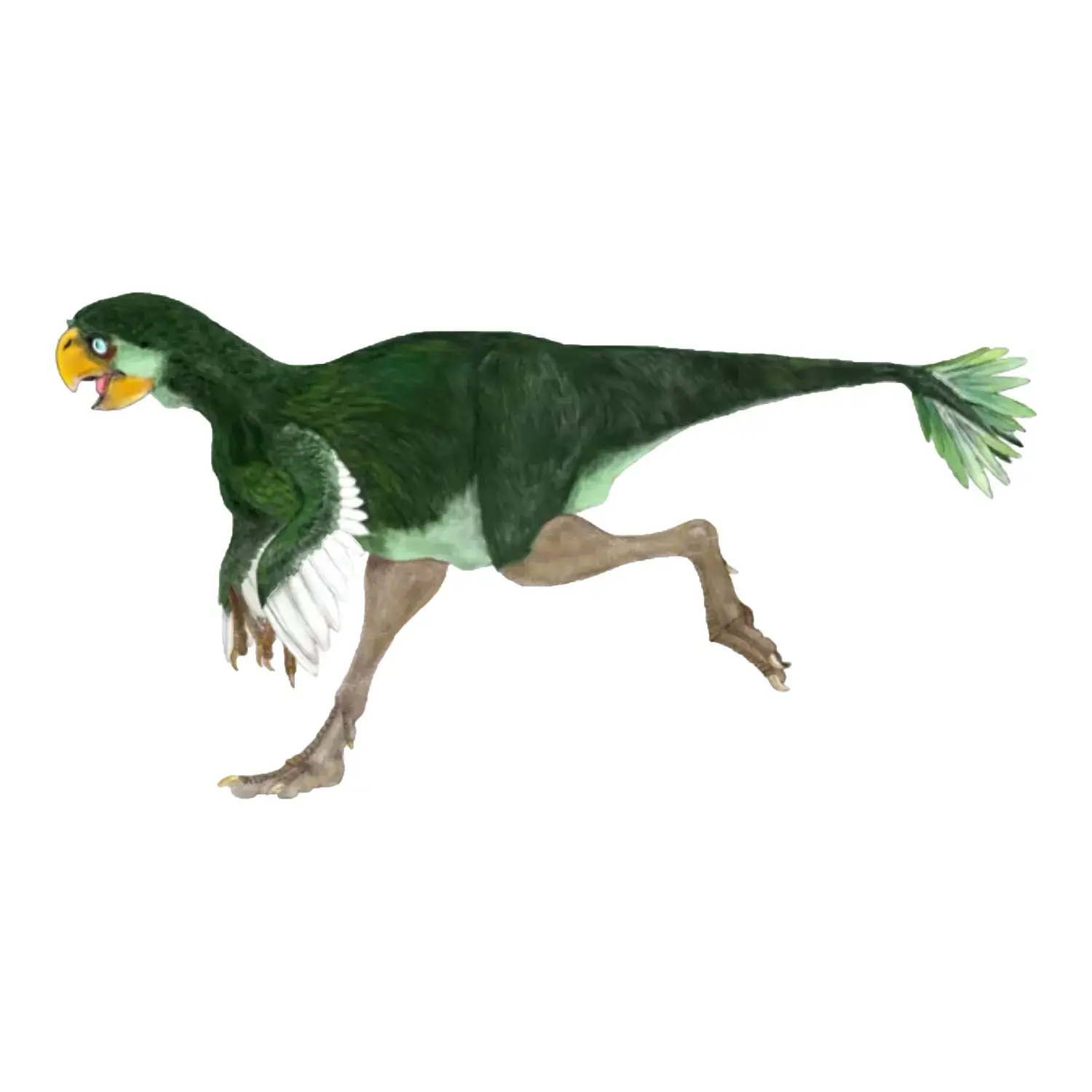
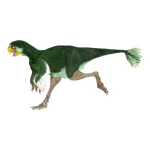
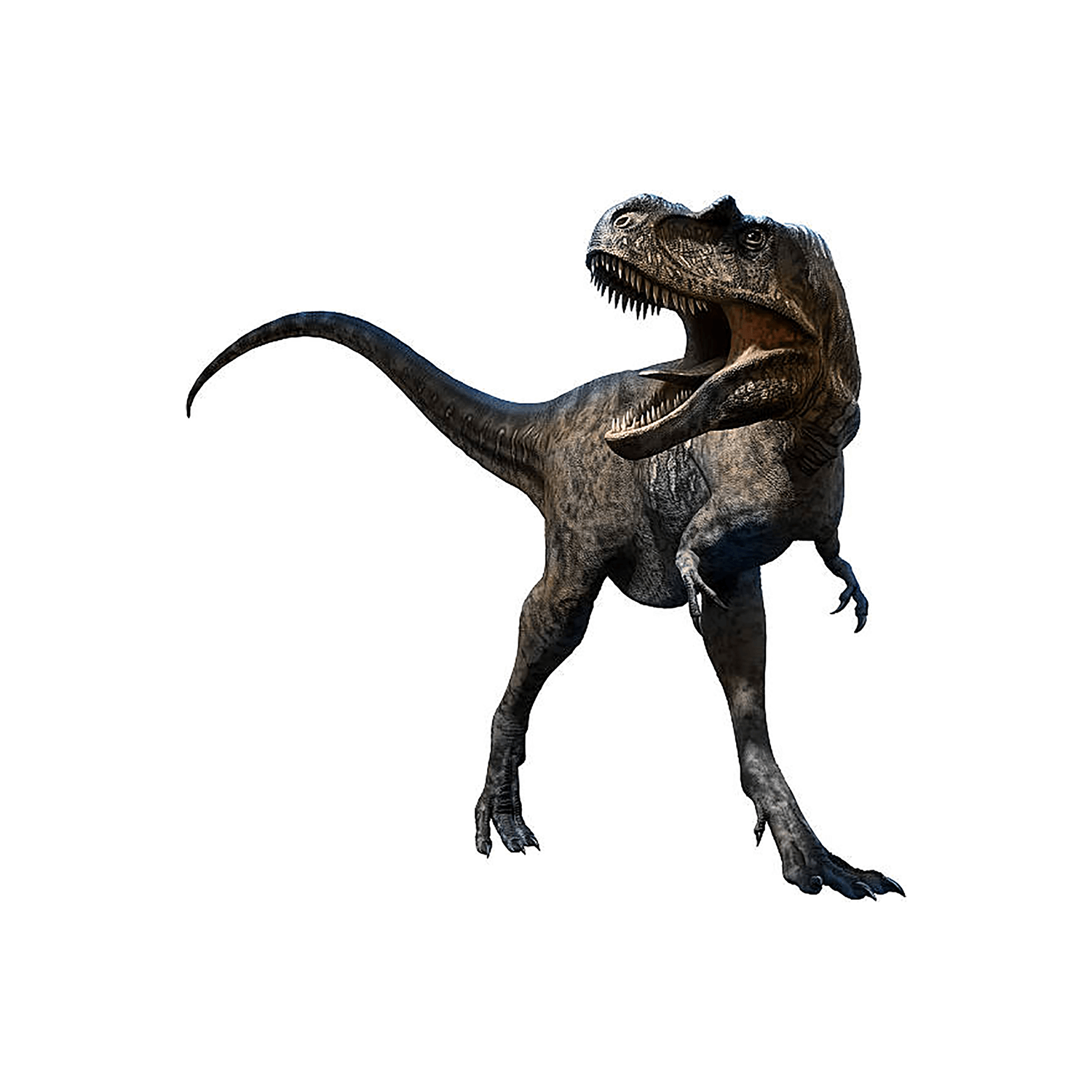
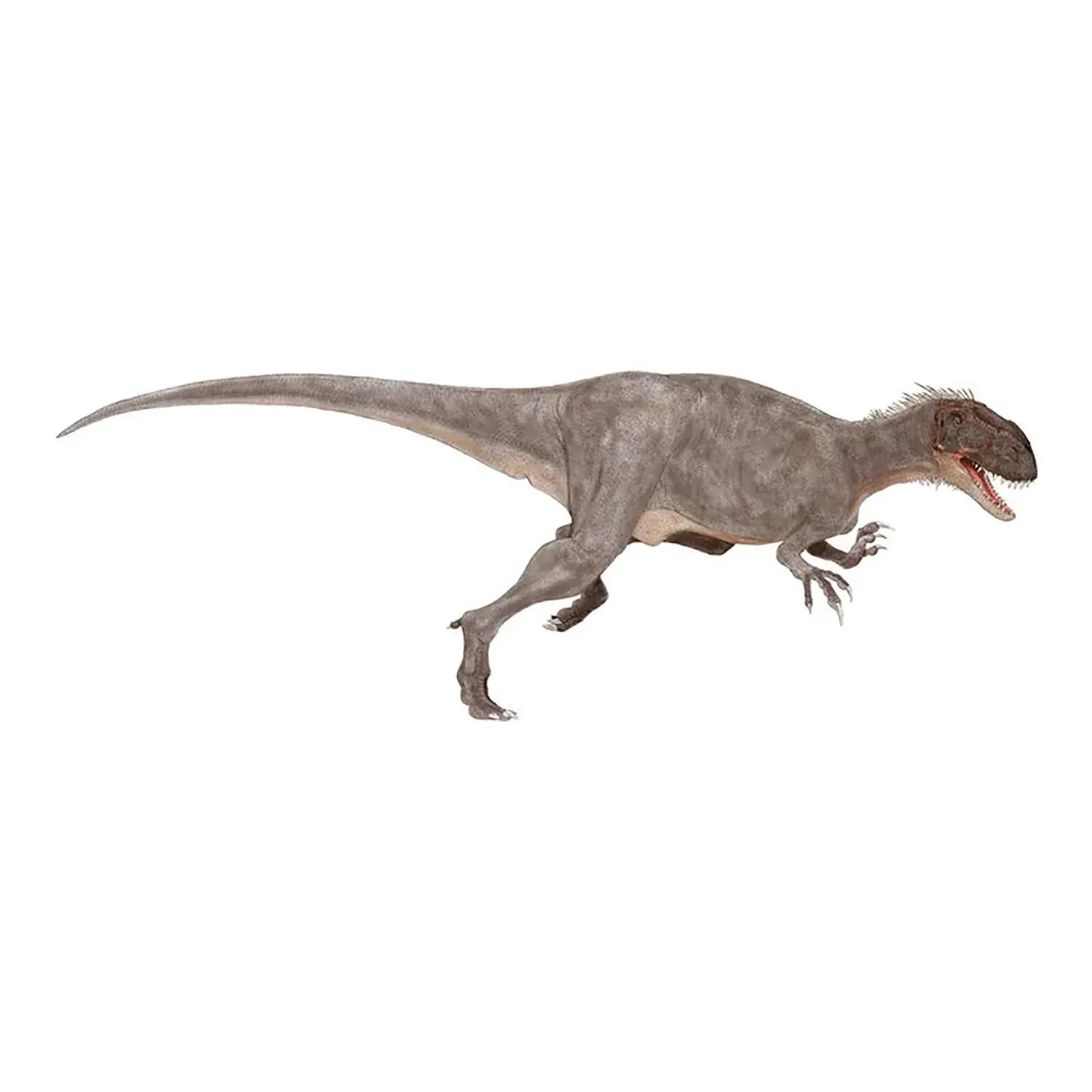
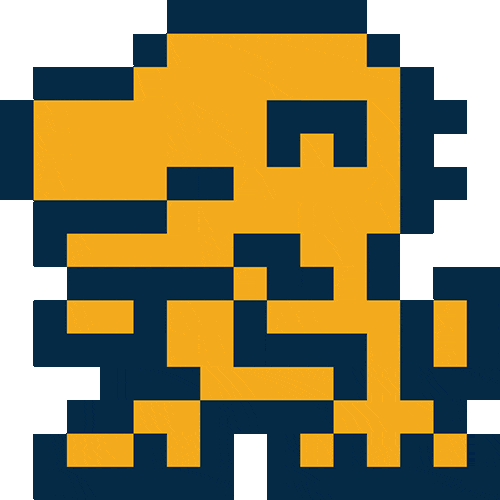
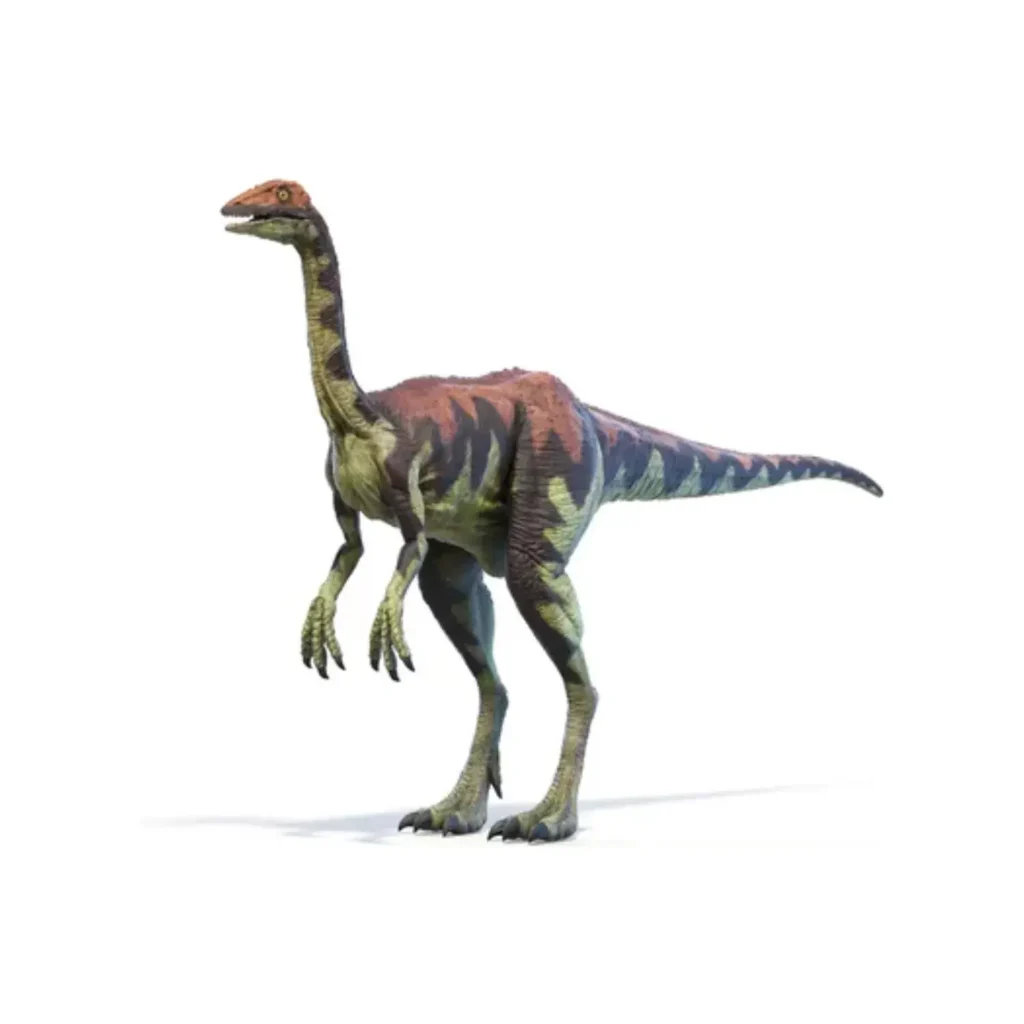
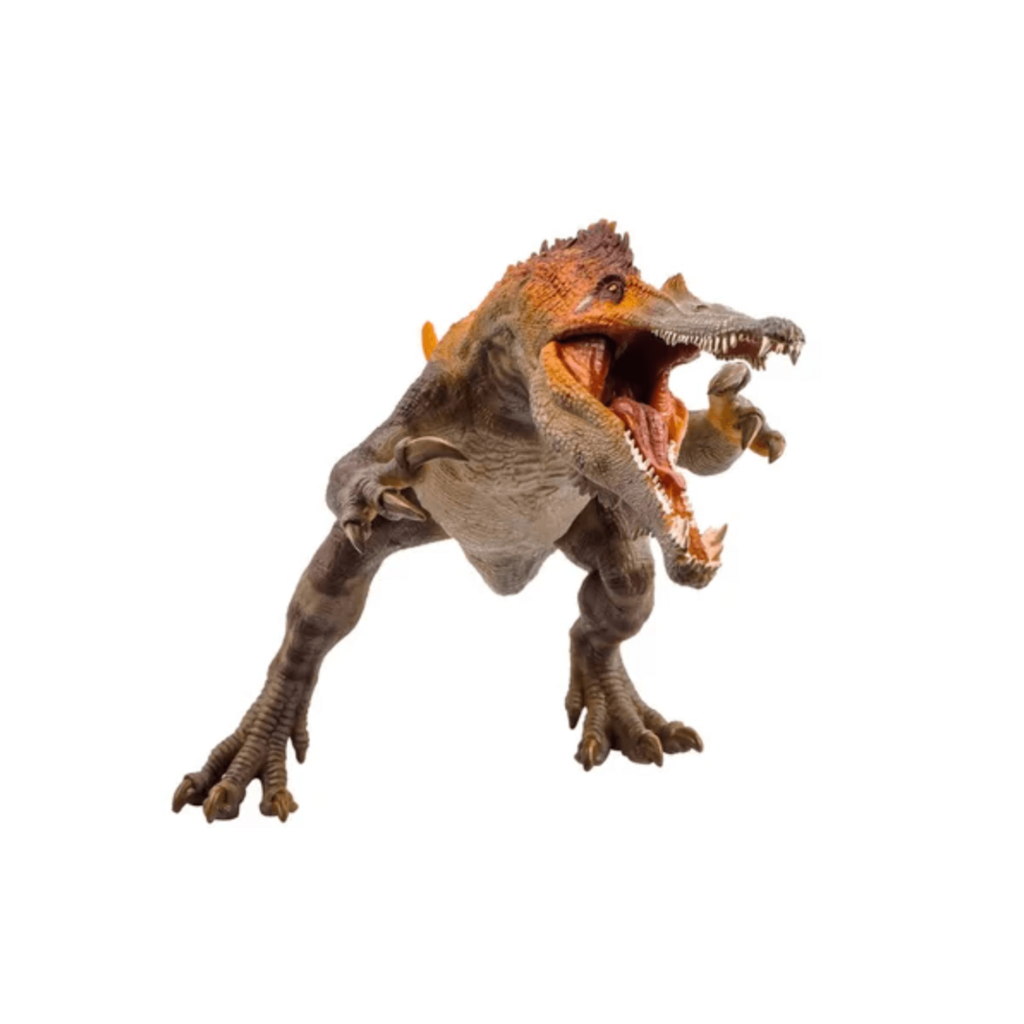
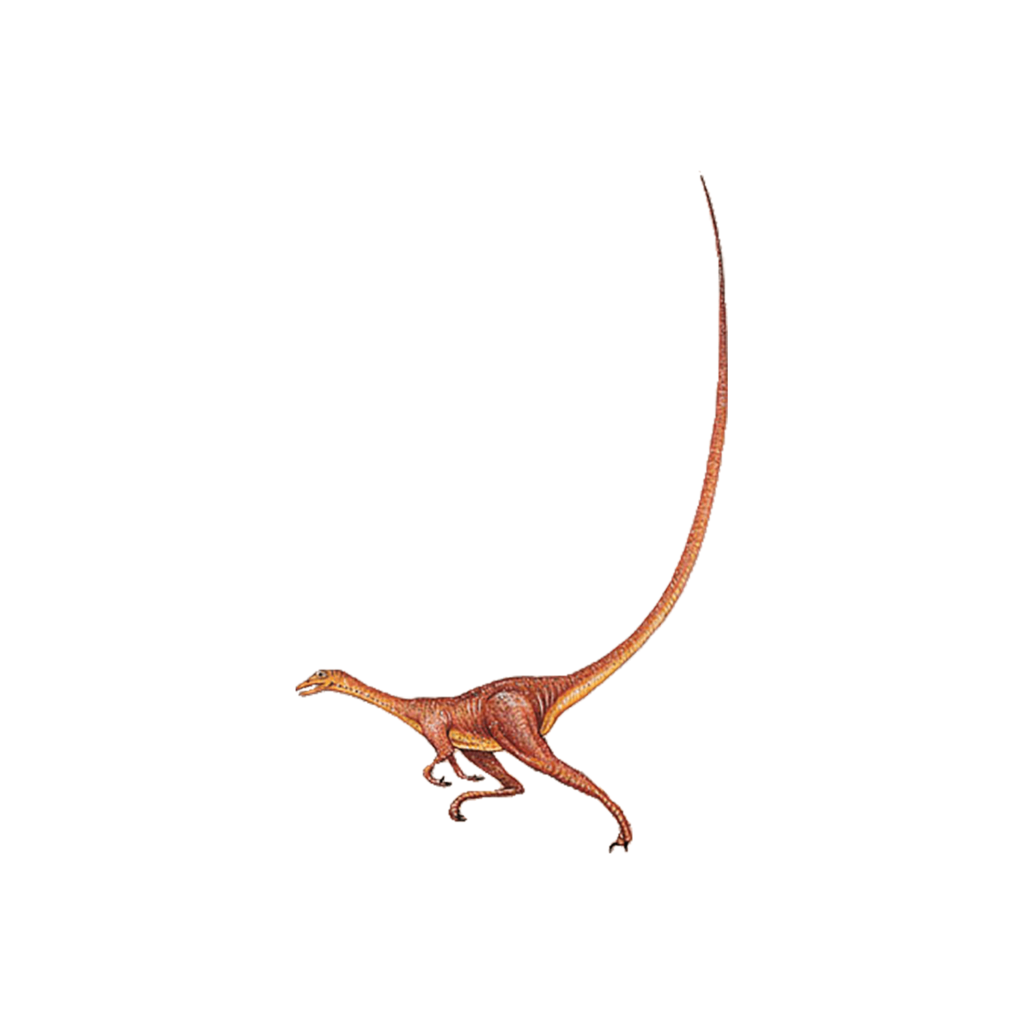
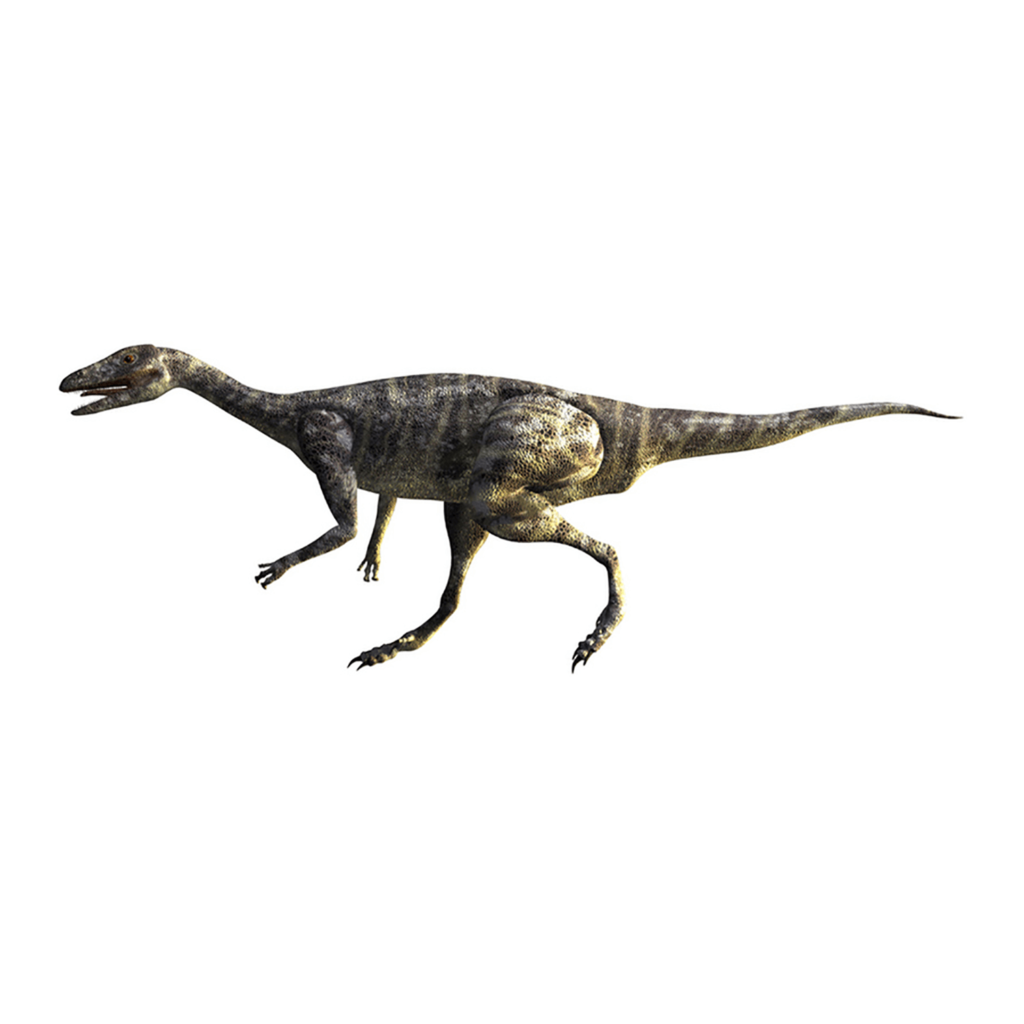













Description
Ajancingenia is an oviraptorid theropod that lived in Mongolia during the Late Cretaceous period (approximately 70 million years ago).
Its name is derived from the Mongolian word “Azhang,” meaning “traveler” or “wanderer,” given because its distinctive long thumb is reminiscent of a traveler attempting to hitchhike.
A Scientific Name with a Storied Fate
This dinosaur was once known by the name Ingenia.
It was described in 1981, named after the Mongolian place where it was discovered, but it was later found that the genus name had already been used for a type of nematode (roundworm).
Because the International Code of Zoological Nomenclature dictates that a species must have a unique scientific name, the original genus name could no longer be used.
As a result, it followed the unusual path of being renamed to its current genus, Ajancingenia, in 2013, 32 years after its discovery.
Distinctive Body and Adaptation to the Desert
Ajancingenia was small, about 1.8m in length, and belonged to a group of oviraptorids that had a relatively small or absent crest.
Habitat
The fossil was discovered in the Barun Goyot Formation in Mongolia, suggesting it was adapted to live in a harsh, semi-arid, desert-like environment with dunes and rivers.
Skeleton
Compared to other oviraptorids, it had robust, short forearms. Its skeleton was lightweight for its overall size, suggesting it was capable of agile movements.
Gigantic Thumb and Enigmatic Diet
The ecology of Ajancingenia is believed to have been omnivorous, based on its unique forelimbs and jaw structure.
Gigantic Thumb
The bone at the tip of its first digit (thumb) was very large, approximately twice the length of the second finger.
This sturdy thumb is thought to have been used to dig for subterranean prey or plant roots, or to crack hard nuts and shells.
Jaws and Mouth
Its head was very short, and its jaws were deeply curved.
Instead of teeth, its toothless beak had bony projections on both the upper and lower jaws.
This is a characteristic suggesting it ate and crushed fairly hard materials like the shells of shellfish.
Reproduction Secret
A fossil of its nest has been discovered, revealing its egg-laying strategy.
The eggs were laid in pairs, arranged helically in three layers, totaling about 24 eggs.
The unique jaw and nesting evidence of Ajancingenia show how oviraptorids adapted to diverse environments and survived the harsh desert conditions.